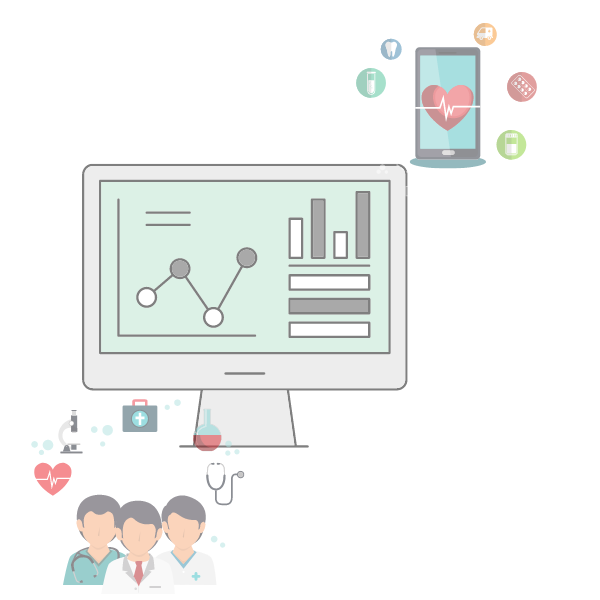From HCC to CDPS: A Primer on Common Risk Adjustment Models
Dive into healthcare risk adjustment models: from HCC to Medicare, Medicaid, and ACA. Understand the science behind equitable healthcare financing.

Episource Bulletin
Dive into healthcare risk adjustment models: from HCC to Medicare, Medicaid, and ACA. Understand the science behind equitable healthcare financing.
Master the complexity of Medicaid state-to-state guidelines with 3 risk adjustment strategies for success.
ICD-10 combination codes allow you to report a single code which includes multiple characteristics of the diagnosis.
When well-designed and properly implemented, NLP coding tools can drive the speed and accuracy of medical coding, leading to better patient outcomes.
The 2019 final notice, CMS has advised on the implementation of the 21st Century Cures Act, requires that any changes made be phased in within 3...
Health plans must prioritize resources to focus greater effort on members that have HEDIS gaps.
The use of analytics for the proactive review of and oversight into coding and submission processes has become more critical than ever.
ICD-10 combination codes allow you to report a single code which includes multiple characteristics of the diagnosis.
Clinical suspecting is the process of identifying possible conditions that are indicated in clinical data but remain undocumented.
One of the primary challenges ACOs face with risk adjustment is patient targeting.
The Centers for Medicare & Medicaid Services (CMS) has a goal for 100% of providers to accept downside risk by 2025.
Over the past decade, the Centers for Medicare & Medicaid Services (CMS) has developed more than 50 Alternative Payment Models (APMs) with the goal...
Combine analytics and expertise to find and prioritize interventions that impact financial and clinical outcomes.
COVID-19 continues to create uncertainty for healthcare organizations, particularly as the new Delta variant moves across the globe.
Accuracy, efficiency, and compliance: these are all qualities health plans aim to achieve in their risk adjustment. Is 95% Coding Accuracy Good...
Accuracy, efficiency, and compliance: these are all qualities health plans aim to achieve in their risk adjustment. Is 95% Coding Accuracy Good...
Final Medicare Shared Savings Program (MSSP) rule, called “Pathways for Success,” for Accountable Care Organizations (ACOs).
The transition from RAPS to the EDS for calculating Medicare Advantage risk scores, payer organizations should have a plan to minimize system errors.
The shift from RAPS to EDS for Medicare Advantage is a massive undertaking. CMS released Parts 1 & 2 early to give plans plenty of time to prepare.
For CY 2022, CMS has proposed that encounter data submissions would be the only source used in risk score calculations. RAPS would no longer be used.
Be the first to know about new risk adjustment insights to build or refine your program with the tools and knowledge of today’s industry.